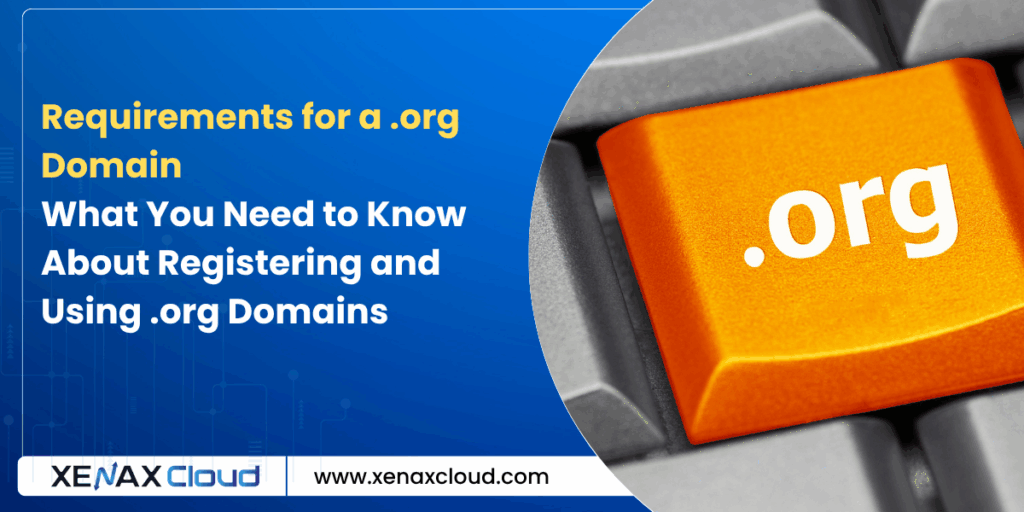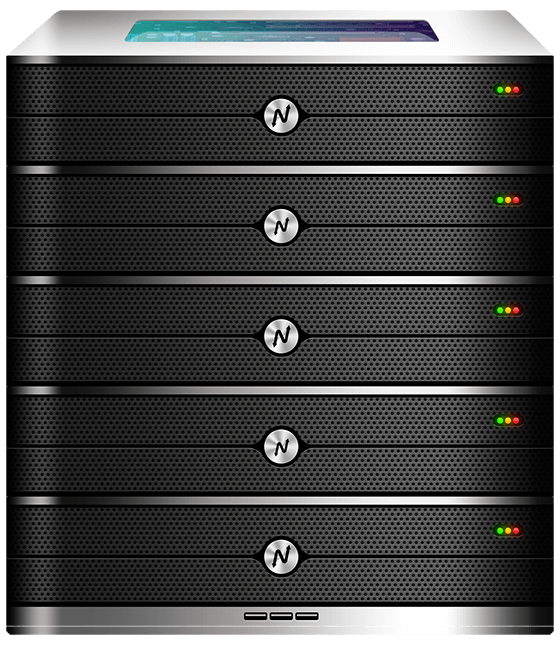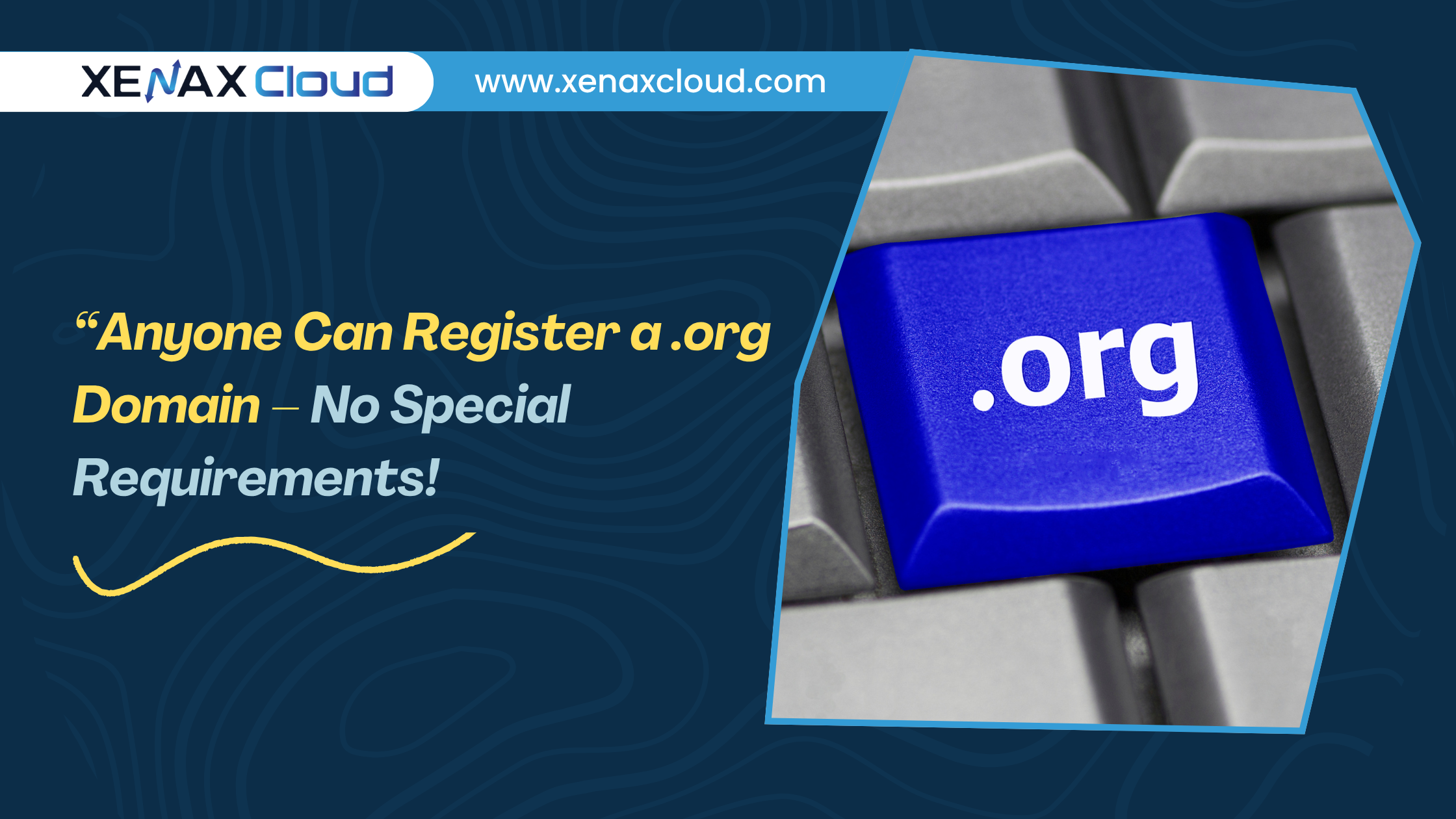Imagine launching a community-driven project in Bangalore, aiming to connect volunteers from Berlin to Boston, but struggling to find a domain that screams trustworthiness right from the URL. Or picture a startup developer in Dubai coding an open-source tool for collaborators in Paris and Palo Alto, needing an address that conveys collaboration over commerce. In 2025, with over 10 million .org domains active worldwide and digital trust at an all-time premium, understanding the requirements for a .org domain isn’t just helpful—it’s a strategic edge for building authentic online presences.
Why does this resonate for businesses, startups, and developers in India, the USA, UAE, UK, Germany, Japan, Canada, Switzerland, France, and across the globe? .org domains, short for “organization,” offer a badge of credibility that’s perfect for non-profits, educational sites, or any venture emphasizing purpose over profit. In India, where the non-profit sector is booming with over 3 million NGOs, a .org domain helps stand out amid the digital noise. Globally, it aligns with values-led branding in ethical economies like Switzerland or innovation ecosystems in Japan, where consumers favor transparent entities—studies show 70% trust .org sites more for information. With no strict eligibility hurdles, the requirements for a .org domain are straightforward, making it accessible for all. Yet, overlooking them could mean missing out on SEO perks or facing availability issues.
At XenaxCloud, our India-based global hosting simplifies .org registrations, blending seamless domain management with powerful servers for worldwide reach. Whether you’re demystifying what is a .org domain name for your team or navigating setup in competitive markets like the USA or UK, this guide covers it all—from basics to advanced tips. Let’s unpack the requirements for a .org domain, explore its uses, and help you decide if it’s the right fit for your goals.
What is a .org Domain Name?
Before diving into the requirements for a .org domain, let’s clarify what is a .org domain name. In essence, it’s a top-level domain (TLD) extension that follows your chosen name, like “example.org.” Introduced in 1985 as one of the original TLDs, .org stands for “organization” and was initially intended for non-commercial entities that didn’t fit into .com (commercial) or .net (networking).
Think of it as the internet’s way of categorizing sites—much like a street sign directing traffic. A .org domain name signals a focus on community, education, or advocacy, setting it apart from sales-oriented .coms. For instance, wikipedia.org uses .org to emphasize its collaborative, knowledge-sharing mission.
For businesses in Canada launching CSR initiatives or developers in France building community forums, understanding what is a .org domain name helps craft a brand that feels approachable and reliable. It’s unrestricted, meaning no special qualifications are needed, but its heritage lends an air of authenticity that’s hard to replicate.
The History and Evolution of .org Domains
To appreciate the requirements for a .org domain today, a quick history lesson helps. Managed by the Public Interest Registry (PIR) since 2003, .org started under the Internet Society and has grown from a niche TLD to a global staple with millions of registrations.
In the early days, it was reserved for organizations like charities and clubs, but by the 2000s, anyone could register—sparking its evolution. By 2025, .org domains power diverse sites, from global NGOs to tech collectives, reflecting a shift toward purpose-driven web presence.
This evolution matters for startups in India adapting to digital regulations or enterprises in Germany prioritizing data privacy—.org’s neutral, trustworthy vibe adapts well. PIR’s focus on social good, like funding internet access programs, adds value for users in developing markets like the UAE.
Key Requirements for a .org Domain
Now, the core: What are the requirements for a .org domain? Good news—it’s one of the most accessible TLDs, with minimal barriers. Based on 2025 guidelines from registrars like GoDaddy and Namecheap, here’s what you need.
No Eligibility Restrictions
Unlike .edu (for schools) or .gov (government), there are no specific eligibility requirements for a .org domain. Anyone—individuals, businesses, or groups—can register on a first-come, first-served basis. This openness makes it ideal for global users, from French artists to Japanese tech enthusiasts.
- Why No Restrictions?: .org was designed to be inclusive, promoting organizational activities without gatekeeping.
- Global Implication: In countries like India with diverse online ventures, this democratizes access.
Basic Registration Needs
To meet the requirements for a .org domain, you’ll need:
- A Valid Domain Name: 3-63 characters, letters, numbers, hyphens (no starting/ending hyphens). No special symbols.
- Contact Information: Accurate name, email, address, phone—ICANN mandates this for WHOIS records. Privacy options hide it from public view ($5-10/year extra).
- Payment Method: Credit card or PayPal for fees ($10-15/year average).
- Registrar Account: Sign up with a provider like us at XenaxCloud.
No documents or proofs required—contrast with ccTLDs like .in needing local presence.
Technical Setup Requirements
Post-registration, basic tech needs include:
- DNS Configuration: Point to your hosting provider’s nameservers for site visibility.
- Hosting Plan: Link to a server—our Shared Hosting is perfect for starters.
- SSL Certificate: Recommended for security, often free with hosting.
For developers in the UK, root access via VPS allows custom DNS tweaks.
Renewal and Maintenance Rules
Requirements extend to upkeep:
- Renewal Periods: 1-10 years; auto-renew to avoid expiry.
- Grace Period: 0-45 days post-expiry to renew without penalty.
- Redemption: Extra fees ($80+) if late.
Keep info updated—ICANN can suspend for inaccuracies.
Step-by-Step Guide: How to Register a .org Domain
Meeting requirements for a .org domain is straightforward—here’s how.
Step 1: Brainstorm and Check Availability
Use keywords reflecting your organization. Check via our Domains tool.
Step 2: Select a Registrar
Choose accredited like XenaxCloud—competitive pricing, easy management.
Step 3: Provide Details and Pay
Enter contacts, choose term (longer saves money), add privacy.
- Cost Breakdown: $12.99/year average; bundles with hosting cut fees.
Step 4: Configure DNS
Update nameservers to your host—takes 24-48 hours to propagate.
Step 5: Launch and Maintain
Build your site, renew timely.
For resellers in Canada, Reseller Hosting streamlines client .orgs.
Benefits of Choosing a .org Domain
Beyond requirements, perks abound.
Enhances Credibility and Trust
.org implies reliability—70% users trust it for info, per surveys.
- For Non-Profits: In UAE aid groups, boosts donations.
Boosts SEO for Niche Searches
Ranks well for organizational terms.
- Global SEO: Helps Indian NGOs reach international donors.
Affordable and Scalable
Low fees, easy to manage.
- Savings Tip: Bundle with Dedicated Servers for growth.
Versatile Branding
Fits missions—tech collectives in Japan use it effectively.
Potential Challenges with .org Domains
Availability limited for popular names.
Perception as non-commercial—may confuse for-profits.
WHOIS privacy essential to avoid spam.
.org vs. Other TLDs: Making the Right Choice
Compare:
- .com: Commercial, crowded.
- .net: Tech, less trusted.
- .io: Startups, pricier.
.org excels for purpose.

FAQs
What are the requirements for a .org domain registration?
Requirements for a .org domain include a valid name (3-63 characters), accurate contact info, and payment—no eligibility restrictions, open to all.
What is a .org domain name used for?
A .org domain name is used for non-profits, education, communities, and advocacy, signaling trust and organization-focused purposes.
Are there any restrictions on who can register a .org domain?
No, there are no restrictions—anyone can meet the requirements for a .org domain on a first-come basis.
How much does a .org domain cost?
.org domains cost $10-15/year, with multi-year options reducing per-year fees—check requirements for a .org domain via registrars.
Can businesses use .org domains?
Yes, businesses use .org for CSR or community sites, as long as they follow basic requirements for a .org domain.
Why choose .org over .com?
.org offers higher trust for non-commercial vibes, meeting requirements for a .org domain while enhancing purpose-driven branding.
Conclusion
Navigating the requirements for a .org domain opens doors to credible, impactful online spaces. From understanding what is a .org domain name to its versatile uses, you’re now ready to harness its power.
Don’t wait—secure your .org with XenaxCloud today. Explore Domains for quick registrations and bundle with Shared Hosting for seamless launches. Contact us for expert guidance and elevate your digital presence!






